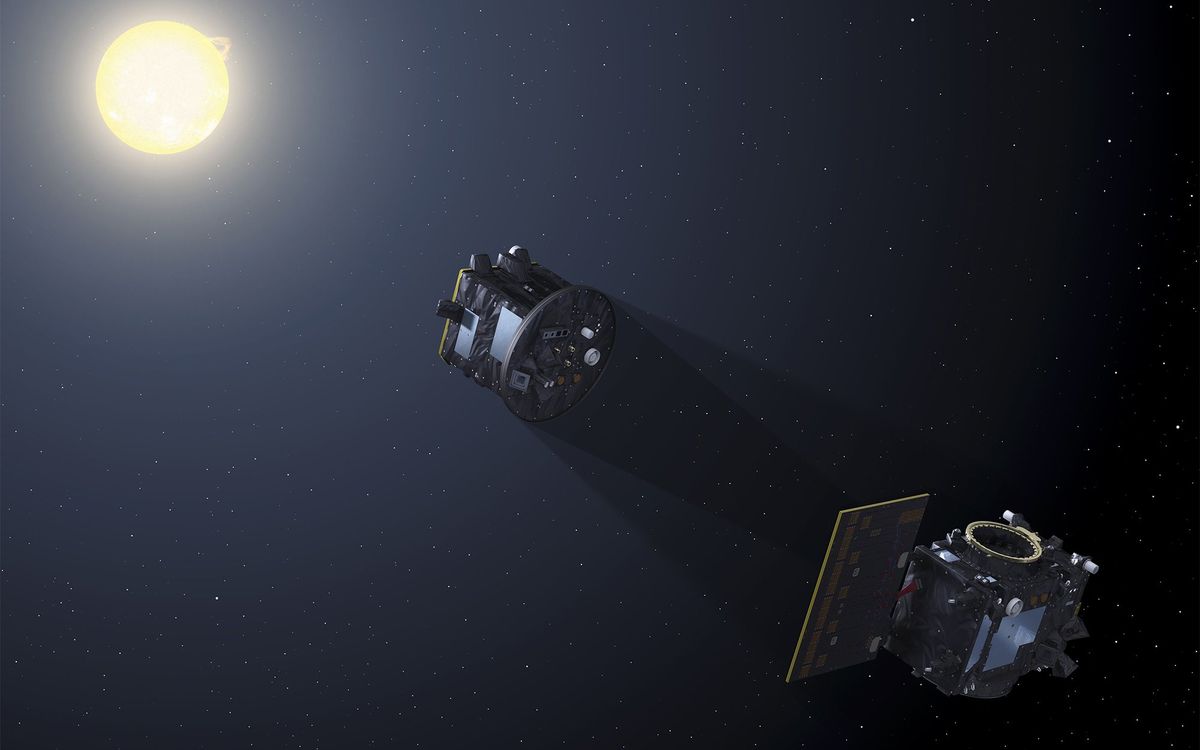With the horrifying images of the Boston Marathon bombing still much too fresh in our minds, and with citywide marathons coming up this weekend in London, Hamburg, and Salt Lake City, law enforcement officers and citizens everywhere are asking how to prevent the tragedy from being repeated.
As Columbia University School of International and Public Affairs adjunct professor Abraham Wagner observed last year, on the 11th anniversary of 9/11, there’s “no magic bullet or perfect solution to this thorny problem.”
There are basically two ways to ferret out would-be bombers: early intelligence and onsite detection. Both have technical and procedural dimensions. Steady improvements on both fronts since 2001 seem to be reducing the probability that terrorists will succeed, though the effectiveness of available strategies and techniques is still woefully short of 100 percent. Wagner says that police and intelligence work have uncovered about 45 plots since September 2001, and may have discouraged a number of others.
Intelligence
Intelligence, surveillance, and reconnaissance (ISR) are probably the most effective tools for stopping terrorism. Human intelligence may account for most of the success so far, but technology plays a part—albeit a controversial one. Signals intelligence—monitoring digital traffic (who sends what and how much to whom) and even intercepting messages on cell phones, e-mail, and social media—can provide advance warning. Communications monitoring efforts (like Carnivore, which debuted in the early-2000s, but was reportedly replaced by a commercial packet-sniffing tool) have generated negative headlines and lawsuits as well as investigative leads. The FBI’s Stingray cell phone monitoring program provoked privacy suits that are still being reviewed by U.S. District Courts. And the National Security Letters issued by the FBI—which force firms, including those who operate e-mail and cellular telephony services, to turn over customer information without notifying the customers—are coming under increased scrutiny.
On the broader front, counter-terrorism developers have constructed data mining packages that look for suspicious patterns of information access. (JP Morgan Chase reportedly used Palantir Technologies tools to detect efforts to hack into client accounts and then trained the all-seeing-eye on itself to detect suspicious behavior among its own employees.)
Surveillance cameras—increasingly a feature of the urban environment—can certainly help human operators spot suspicious activity, but automated image analysis works best on scenes that are relatively static: detecting motion in a quiet warehouse, for example, or tracking moving objects in the wide open spaces of the American southwest.
Facial recognition software does wonders in the movies, but even when it works, you need to know the face to find the face. And, as we’re discovering in Boston, shaky, low-res cell-phone images don’t really give facial recognition software enough to work with.
Sniff It
When it comes to sniffing out explosives in public spaces, dogs and, more recently, honey bees are probably the most effective olfactory explosive detectors. Their senses are made all the more effective because manufacturers of commercial explosives, like Semtex, may add odor tags, like DMDNB (2,3-dimethyl-2,3-dinitrobutane). Dogs (and some specialized mobile ion mass spectrometry devices), can reportedly detect DMDNB at levels below one part per billion.
Groups at a number of institutions—including Tel Aviv University and the University of Idaho–are trying to rival canine and apian scent receptors by packing multiple nanodetectors into small packages, using the high surface areas of materials like carbon nanotubes.
There are a number of other technological options for picking up the scent of explosives. In general, though, these methods require a contained sample—the machine must ingest the sample, as one analyst put it—and don’t work well in cluttered environments. (Indeed, “clutter” is a key concept in explosive detection: the chaotic collections of compounds, people, light, and noise at big events create a very challenging environment for analytical detection. Reliably spotting explosives without generating an overwhelming number of false alarms may be the biggest single technical problem.)
Ion mobility spectrometry (IMS) is probably the most common method. If you’ve ever been patted down with a patch of cloth in an airport, you’ve seen IMS in action. The trace compounds from your hands and clothing are pyrolized (er, burned) then squirted through a detector. The molecules’ trajectories and times-of-flight indicate their mass and cross-section, and the red light goes off when the device sees an explosive’s signature—usually in the form of a nitrogen oxide (NO or NO2)
Gas chromatography and combined gas chromatography/mass spectrometry (GC-MS) are tremendously sensitive analytical techniques that use the compound’s mass, cross-section, and charge to indentify chemicals with exquisite detail. But this is a lab technique; performing it requires time, skill, and a controlled environment.
Over the past decade or so, another approach, fluorescence quenching, has emerged as a candidate for detecting nitrated compounds floating around in the environment. The method uses a detector compound (such as pyrene) that fluoresces under UV light. When a nitrated molecule nestles down next to the detector, electromagnetic resonances bleed energy out of the detector, reducing (or quenching) the fluorescence. When the light dims, there may be explosives in the air.
See It
Emerging optical technologies may soon offer the best chances for finding explosives in an extended area—what developers call “standoff” detection. Vendors already offer infrared imaging cameras that can detect the absorption spectrum signatures of plumes of pollutant gases.
Laser infrared spectroscopy is the dominant technique for designers hunting trace amounts of explosive, but there are many variations on that theme. Overall, the designers use infrared lasers at “eye-safe” energies and frequencies (the power threshold changes with frequency; higher frequencies have lower energy limits). They match the resultant light—backscattered or fluorescent, depending on the approach—and compare it with explosives' signatures.
At their most basic, the lasers scan suspect surfaces, searching for characteristic absorption patterns in the backscatter. Fuchs has described a quantum cascade laser system (which exploits intersubband transitions different from those in conventional lasers) to produce broadly tunable terahertz IR beams. A conventional IR imager detects the backscatter with the explosive's fluorescence signature.
Other systems, like those developed by Mordechai Rothschild and his colleagues at MIT Lincoln Labs, use a more active approach called photodissociation/laser-induced fluorescence. Their technique exploits IR laser beams' resonance with bonds holding the nitrogen groups to the molecule. After the beams break the nitrogen groups off and vaporize them, the laser then pumps the freed nitric oxide up further, to an even higher energy state, so that it emits a distinctive fluorescent signature.
Roundup
The 122 papers from the 2012 IEEE Conference on Technologies for Homeland Security (HST) present a much wider picture of the options for anticipating, detecting, and derailing terrorist schemes. These include methods for: using social media to assess major events (like a Super Bowl game or a marathon with 20 000 or 60 000 runners and half a million viewers), maintaining port security, and radionuclide detection. The next HST conference convenes on 12 November in Waltham, Mass., not far from the Boston Marathon's Mile 17 marker.
Images: Frank Fuchs/Frauenhofer Institute
Douglas McCormick is a freelance science writer and recovering entrepreneur. He has been chief editor of Nature Biotechnology, Pharmaceutical Technology, and Biotechniques.




